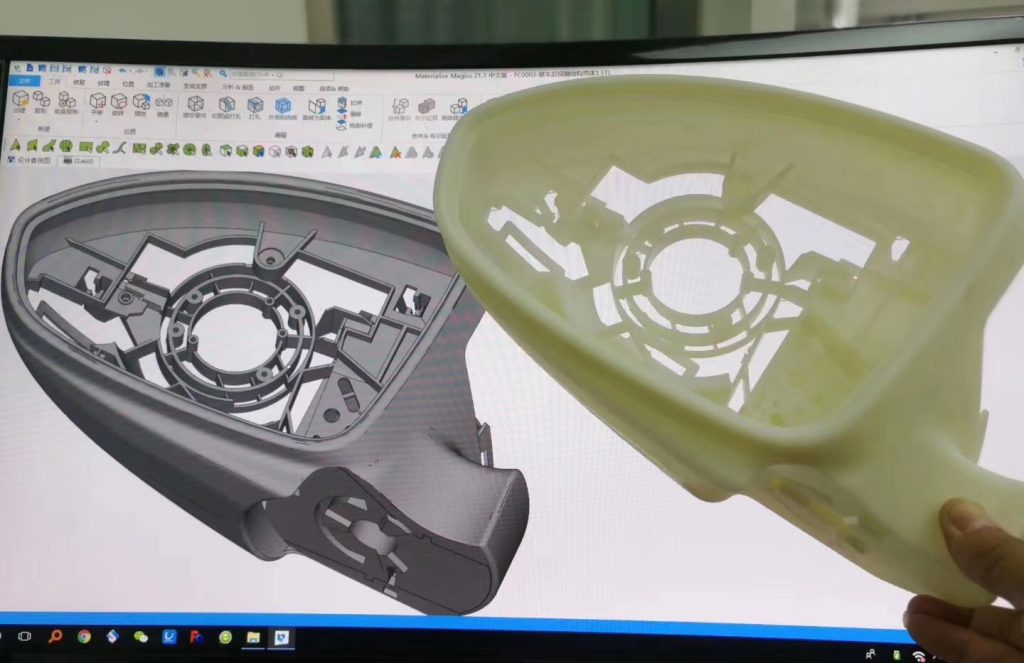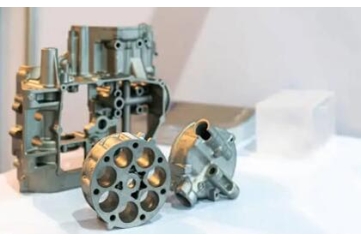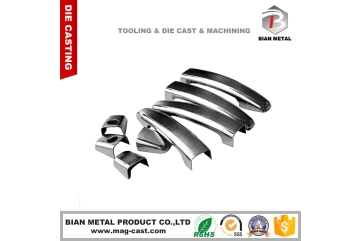What is die casting in manufacturing process?
Die casting is a manufacturing process used to produce metal parts with high precision and dimensional accuracy. It involves forcing molten metal into a reusable mold cavity, called a die, under high pressure. Once the metal solidifies, the die is opened, and the finished part, known as a casting, is ejected.
The die casting process typically involves the following steps:
1.Die Preparation:
The two halves of the die are prepared, usually made of hardened tool steel. These dies are machined to create the desired shape of the final part.
2.Injection:
The die is closed, and molten metal, usually an alloy of aluminum, zinc, magnesium, or copper, is injected into the die cavity under high pressure. The pressure ensures that the molten metal completely fills the cavity and solidifies quickly.
3.Cooling and Solidification:
After injection, the molten metal cools and solidifies within the die cavity, taking the shape of the mold.
4.Ejection:
Once the metal has solidified, the die is opened, and the casting is ejected from the cavity. Any excess material, called flash, is trimmed off.
5.Finishing:
The casting may undergo further finishing processes such as machining, polishing, or surface treatment to achieve the desired final properties and appearance.

Die casting offers several advantages, including high dimensional accuracy, excellent surface finish, and the ability to produce complex shapes with tight tolerances. It is commonly used in the automotive, aerospace, electronics, and consumer goods industries to manufacture components such as engine parts, housings, brackets, and electronic enclosures.



